Currently Empty: $0.00
The word ‘Pounamu’ is the term used by Māori for nephrite jade. The word greenstone is also commonly used in NZ, however the people of Poutini Ngāi Tahu prefer to call it pounamu as jade comes in many different colour variations not just green.
There is a lot of confusion around different names to describe jade, basically greenstone, jade and pounamu are all the same thing. Below is a description of the most common pounamu types found in New Zealand.
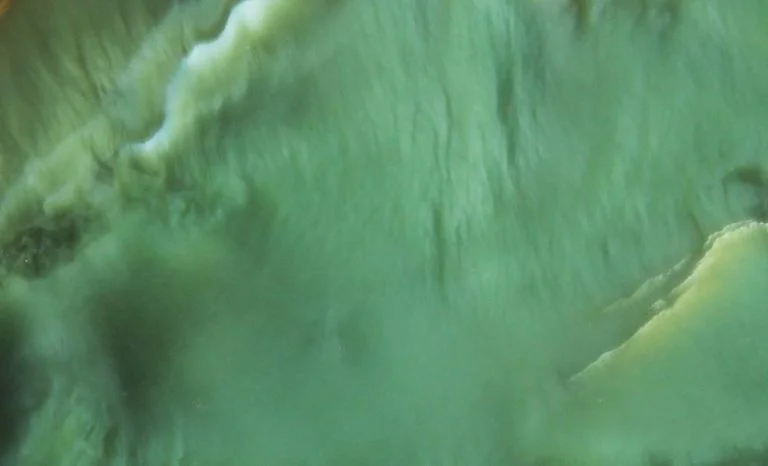
Inanga
Pearly white, greyish green, and blue can be translucent or very opaque. This type of stone is a highly prized type of pounamu by Poutini Ngāi Tahu. It gets its name from the juvenile native minnow or more commonly known as whitebait. It is a softer stone and when worn it absorbs the natural oils of the body deeply and can turn a lovely light brown.
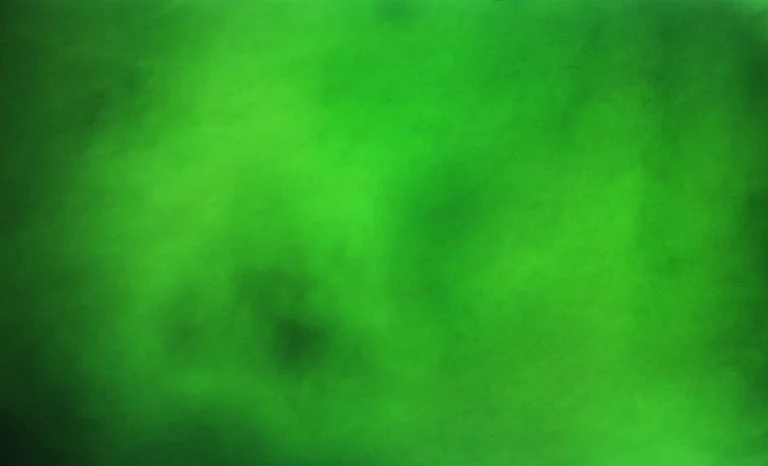
Kahurangi
This is a type of pounamu that is highly translucent and flawless. Its colours are a rich vibrant apple green. In early times it was the most highly prized of all pounamu. It was used to make Toki Poutangata (Ceremonial adze) which were usually given to Rangatira (Chief). In modern day lapidary use it is popular for its gem like qualities. Kahurangi is named after the clearness of the sky.
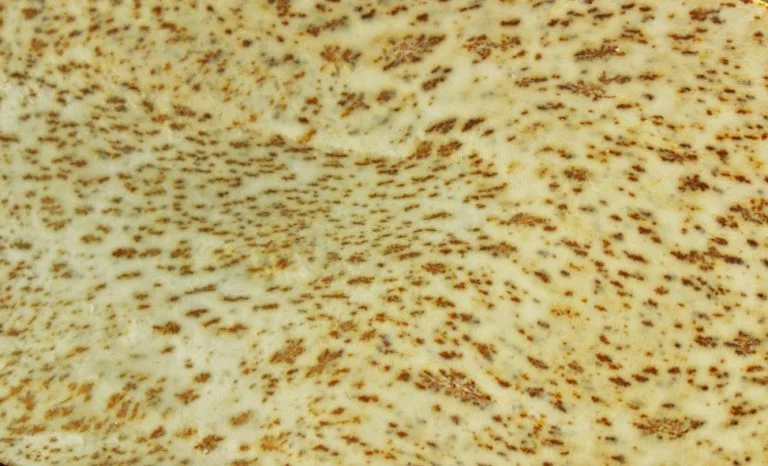
Kōkopu
Comes in many colour variations from light to dark browns, creamy whites, light blues, olive greens to yellow even golden. Kōkopu is most recognizable by its distinctive brown spots which are very similar to the native fresh water mountain trout from which it gets its name. In the beginning of NZ’s jade industry this stone was usually discarded because it was not gem grade, but in modern times varieties like inanga and kōkopu have grown in popularity because of their different characteristics.
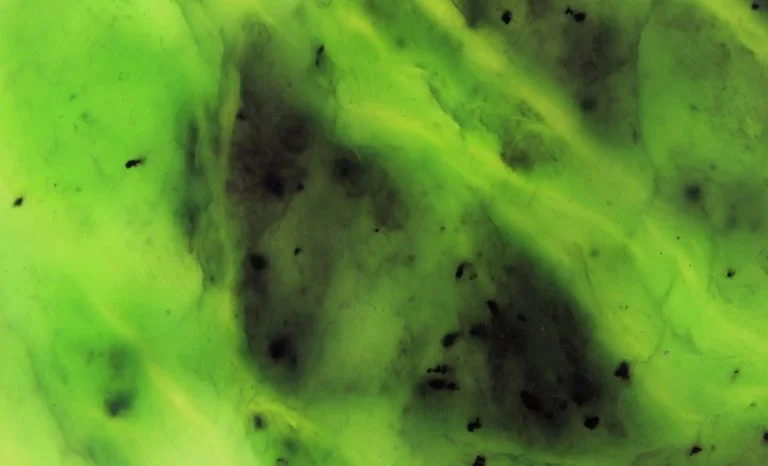
Kawakawa
A rich green to intense dark green almost black with small dark inclusions. Kawakawa is the most common pounamu variety and is a very popular stone for carving because of its abundance and ability to hold most shapes. It gets its name from the kawakawa leaf or Pepper tree.
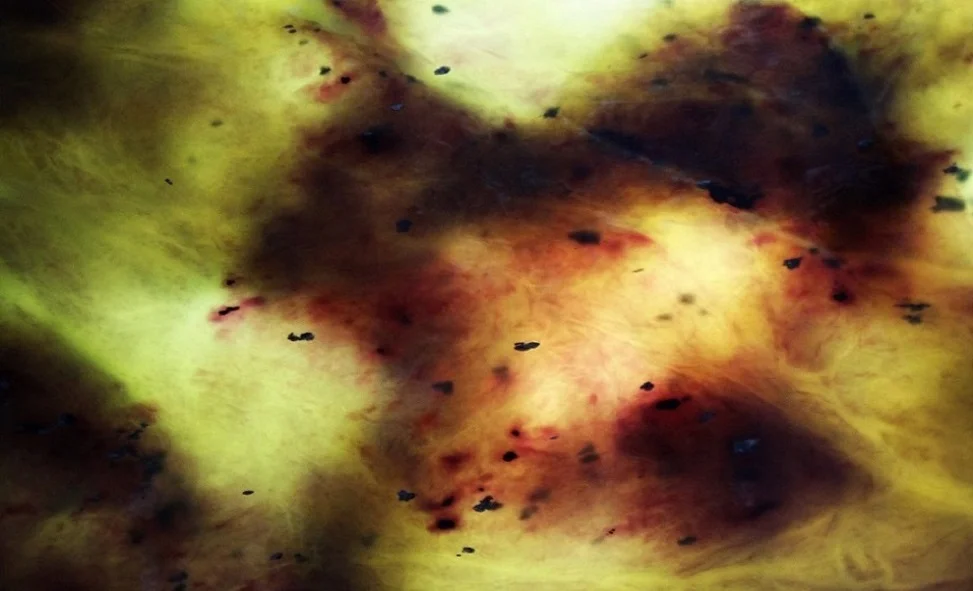
Totoweka
This stone is usually similar to the mid green kawakawa variety but differs in that the spotting or streaks are red like blood. It is rare to find totoweka in the Westland jade fields, but when a piece is discovered it is highly cherished and sometimes becomes the show piece of the fossicker’s collection. Large deposits of totoweka occur in the South Westland area. The name comes from toto (blood), weka (Native bush hen) or weka blood.
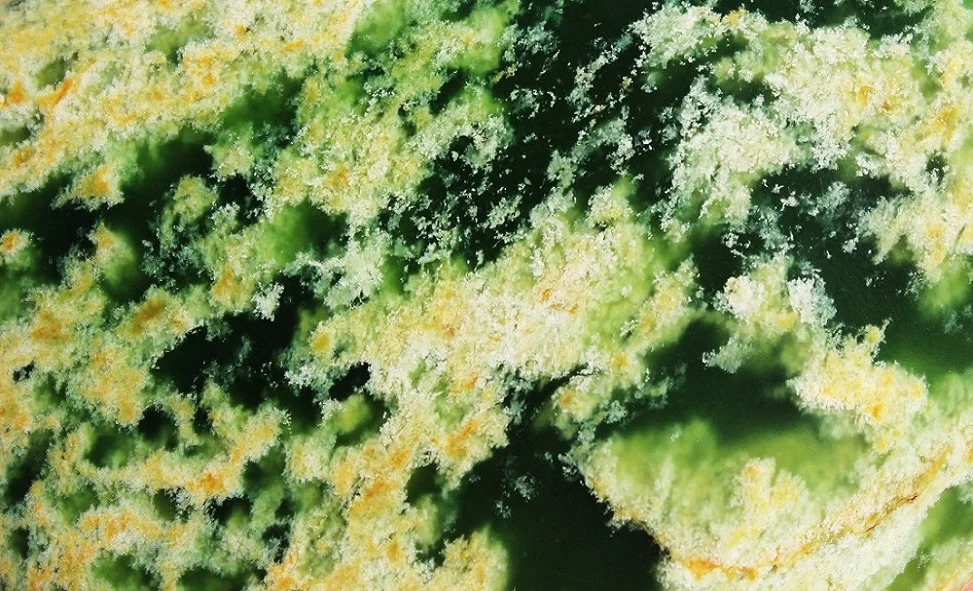
Flower Jade
The colours in this stone can range from light transparent inanga, mid to rich kahurangi greens to intense dark kawakawa. It is the most popular and valuable sought after pounamu by modern day carvers. Just like in the old days, jade was valued for its hardness, toughness and ability to hold a sharp edge. Flower can be made in to anything the artist is capable of creating its distinctive patches of gold colouring are unique to New Zealand pounamu.
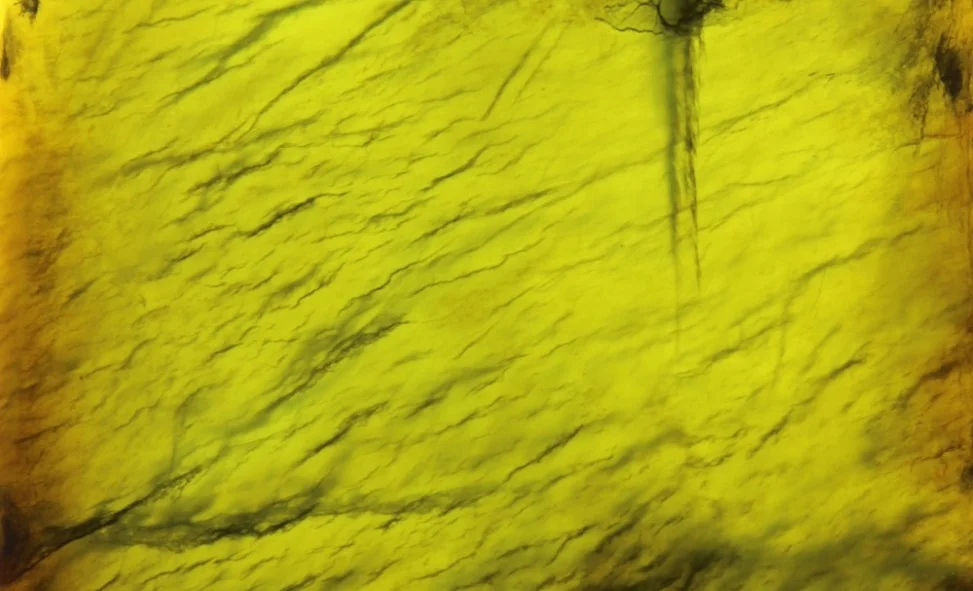
Tangiwai
This variety of stone is not nephrite jade but is a bowenite stone, however it is recognized by Māori as part of the pounamu family. Its colours can be olive, browny, yellowish to bluish green depending on the area. The largest deposits are in Milford Sound, Anita and Poison Bays being the most famous. The qualities of this stone are that it is translucent and sometimes almost completely transparent like glass. Translated tangi means to (cry or tears) and (wai) is water the full name kōkō-tangiwai refers to a deep sorrow that is never completely healed.
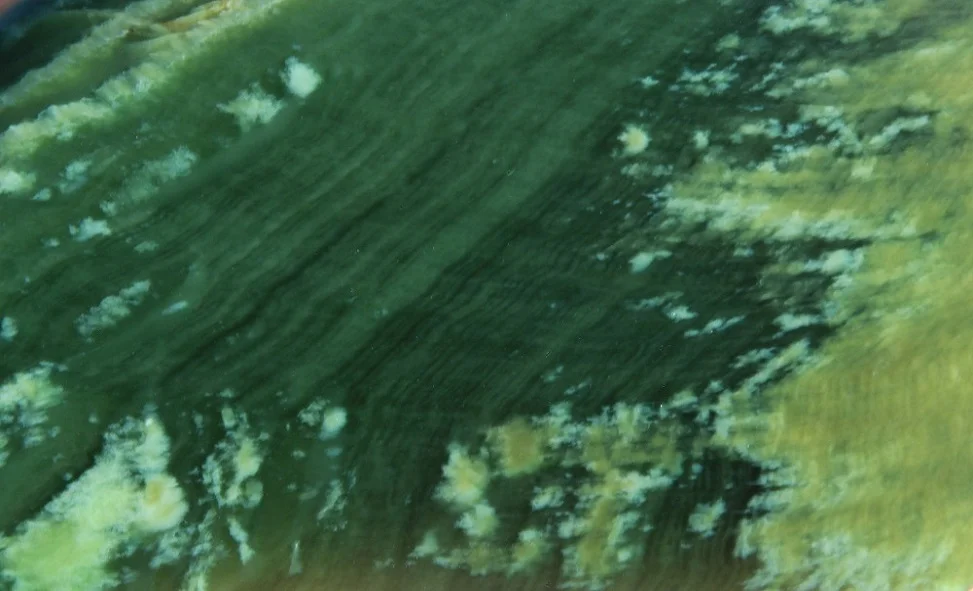
Pīpīwharauroa
This is a rare and unique type of stone usually found in the inanga, tangiwai and dark kawakawa varieties. Named after the shining cuckoo, the green and white shimmering plumage are similar to the thin bands of light that cause a chatoyant effect like a cat’s eye as the stone is moved about.
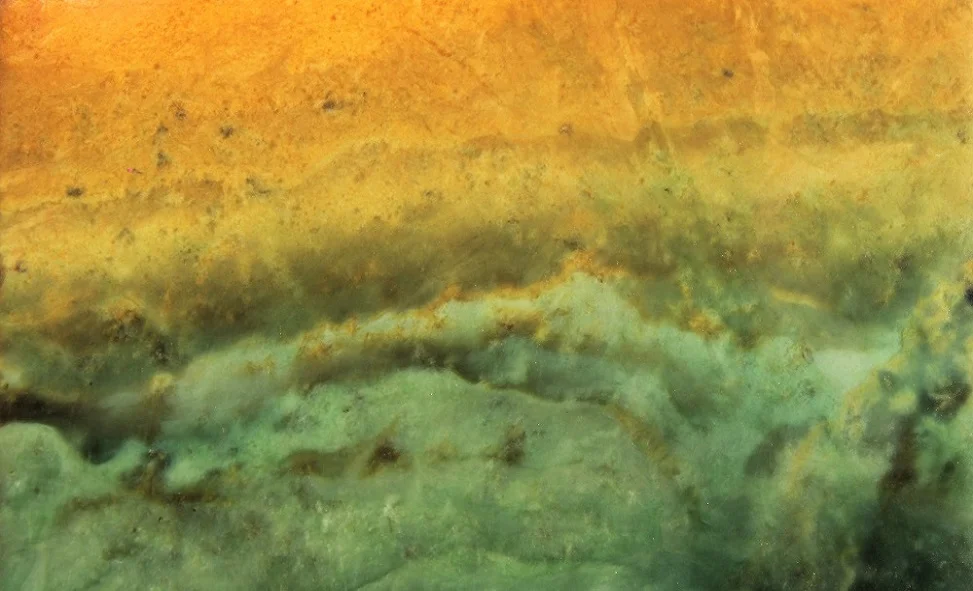
Raukaraka
This stone variety is a rare form of kawakawa pounamu. It is named after the leaf of the karaka tree because of the orange colour that the thick oxidized crust takes on from the earth’s minerals. The flesh of this pounamu is usually olive to light green in colour. The early lapidarist would cut the thick crust off and only use the heart to fashion jewelry but carvers these days tend to carve it right to edge as the colour contrast can make a unique showpiece.